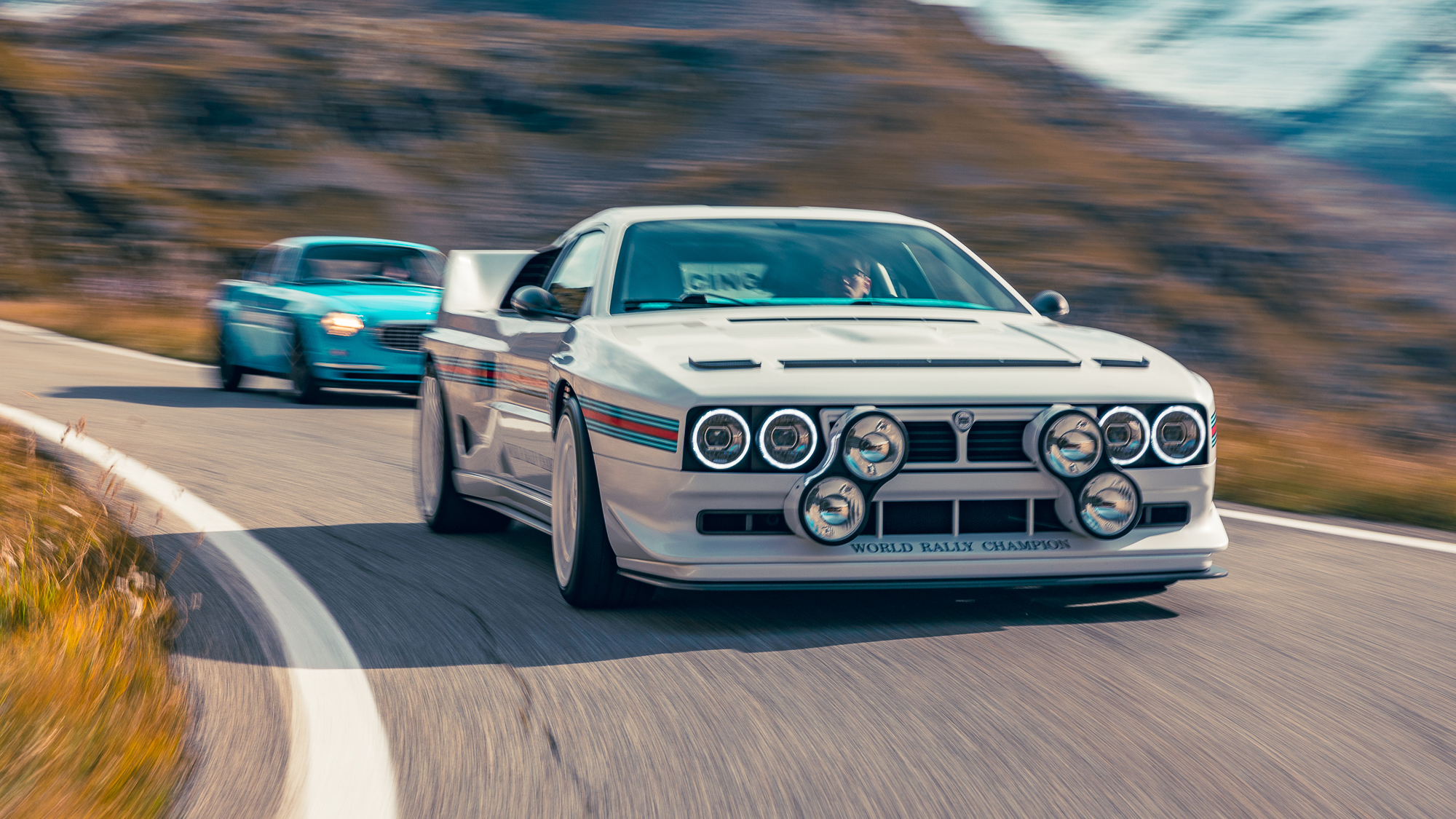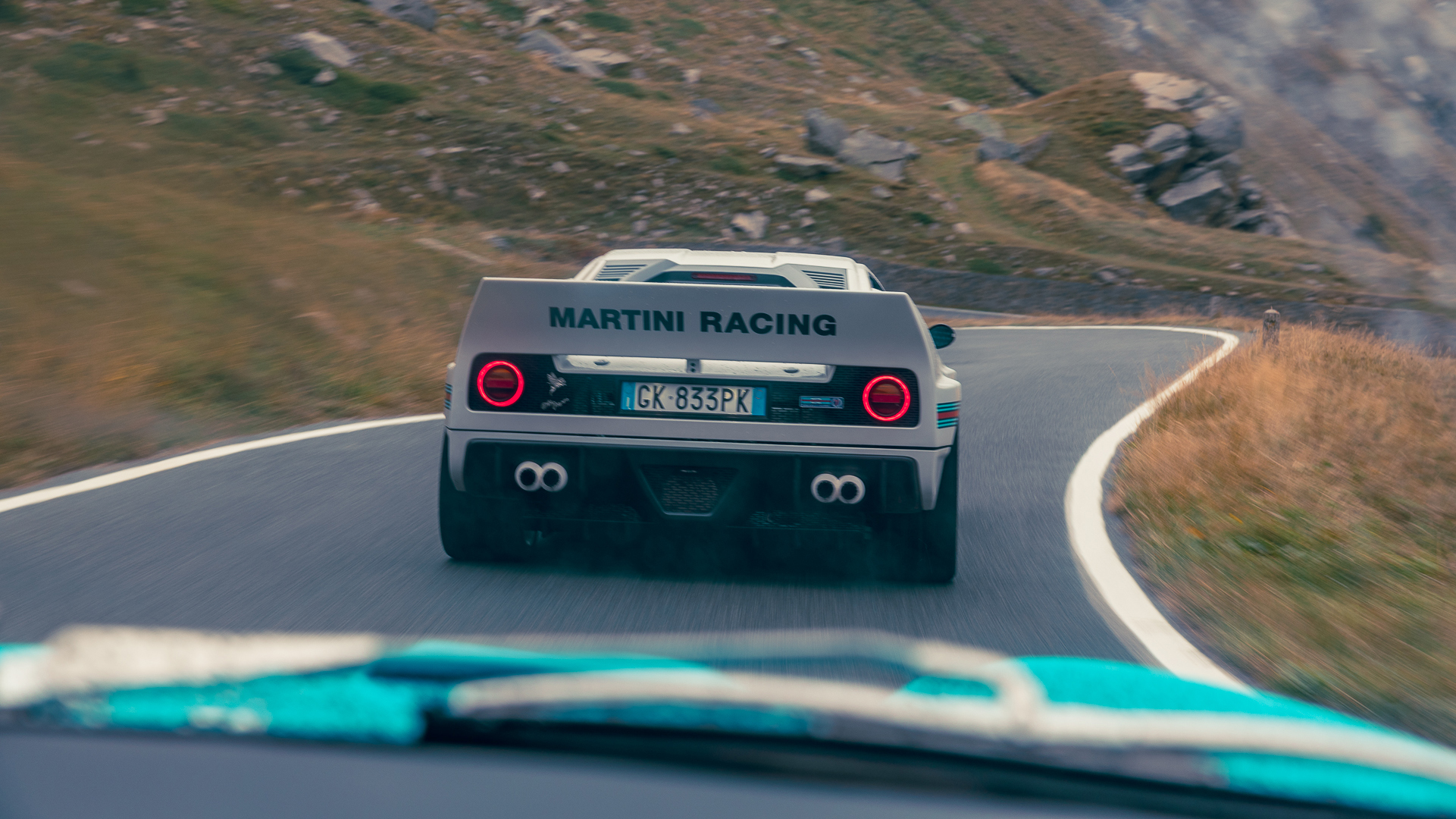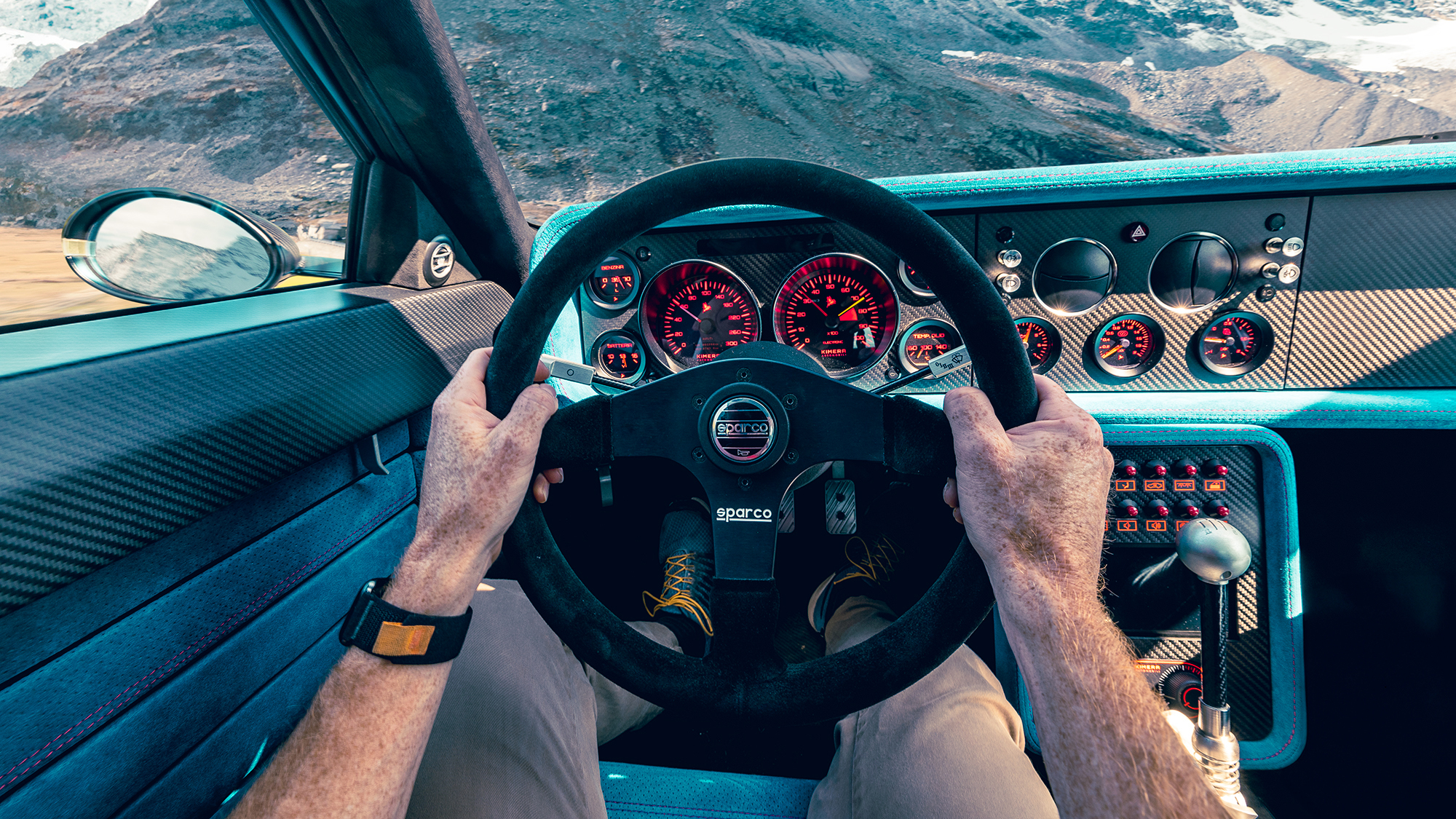
Kimera Automobili evo37 review
Driving
What is it like to drive?
We’re going to start with the engine, because it’s simultaneously the most interesting part of the car, and its biggest drawback. Because when you fire it up it just blares noisily at you. Flat sound. It’s the same if you’re just cruising about: harsh, untuned mechanical noise. But what did you expect? It’s a motorsport engine, it’s not there to make music, it’s there to do the important stuff: be small, light, compact and generate as much power as it can, as quickly as it can.
And at that it’s very good indeed. There is lag right down at the bottom end – it takes engine power to start the supercharger spinning. But once it’s going there’s a thick wodge of torque at 2,000rpm that makes the 2.1-litre feel like a nat asp engine of twice the capacity. The noise is insistent now, the engine’s flatness complemented by the supercharger’s high-pitched whine and… there it is, the first hint of turbo hiss and whistle.
The sound becomes multi-layered and interesting, not tuneful, just an awareness that there are a lot of moving parts making a lot of different noises, all of them pulling in the same direction. Having a supercharger meant Kimera didn’t have to worry unduly about lag, so could fit a whacking great turbo. Which spools up hard, forcing air into the greedy cylinders, combusting it frantically and sending the evo37 like a headbutt at the horizon. It bursts across the last 2,500rpm of the dial, chomping the short ratios through second, third and fourth.
In a straight line it’s an addiction, not because it’s sonically stunning, but because there’s something about this no-nonsense power unit that eschews all fripperies, yet is so fearless and determined.
And what about the open gate gearlever?
One of the best manual gearchanges we’ve ever used. A slim carbon wand topped by a silver ball that you throw back and forth with complete abandon because the action is so fast, clean and mechanical.
Which means keeping the revs up and the powertrain bubbling is no issue – and you do have to do that. You can’t spend too much time off throttle or let the revs drop too far, or there’ll be lag and inertia to overcome. How much depends on which mode you are in. Down by the start-up block are three buttons, glowing in the colours of the Italian flag. These are your power modes: choose from 350bhp, 450bhp or 550bhp. 450bhp is sweet, but once you’ve had the full house hit…
But hang on, we’re getting ahead of ourselves. The start up procedure – that sets the tone for everything that follows. It all happens on the centre console. You insert the key and twist it satisfyingly through 90 degrees. You then flick the ‘Iniezione’ switch behind the gearlever back with a satisfying click and finally pinch a pair of buttons either side of the raised plinth to start the engine. We’ve no idea if this is how the rally car started, but we do know a deeply pleasing start-up procedure when we see one.
Is it a heavy car to drive?
Weighty, rather than heavy. The clutch needs a firm leg, the brakes too, but the evo37 is shot through with motorsport levels of precision, so there is no wasted movement in any of the controls. Even the column stalks operate satisfyingly.
But it’s light in your hands. It changes direction with barely a breath of steering, yet so much information is packed into those little movements. Information about the tyres, the surface, the cornering angle, the forces.
We expected – mainly because it’s mid-engined – the Kimera to understeer into tight bends, the light nose not able to bite hard enough. Entirely wrong. There’s proper rally tenacity to the front end, so as we get more confident (and attempt to ignore the value) we pitch it in hard, feel the agile back end get involved, trying to assist to get the turning done as quickly as possible to straighten things up for the next straight.
But at no stage, through corners tight or open, does the Kimera feel nervy or unsettled. It seems to glide across the surface, connected yet calm and controlled. The chassis is neutrally balanced, traction is excellent, you really have to go some to get the rear wheels to slide – it’s not a natural powerslider, it’s more akin to an Alpine A110, but with an almighty hit of energy and attitude.
Is it stiffly sprung?
Because it’s light and the masses sit low in the chassis, it doesn’t need stiff springs because it’s not having to fight to keep the body under control. So it’s absorbent and there’s a bit of roll in it. And the quality of the damping, the way those twin Ohlins dampers work, it all just feels very expensively done. There’s no harshness in it – you get vibration from the engine, but no knocks from the suspension.
So it successfully channels its inner rally car?
Absolutely. We’ve been fortunate enough to drive a fair few top line rally cars and this has that exact same combination of focus and flattery. It goes where you point it, does exactly as you bid. And actually feels like it could handle more power. One day soon, that’ll come – Kimera’s 038 will be more powerful still.
We just hope that version’s 4WD doesn’t ruin the purity and poise of this restomod. It is sensational to drive, up there with the very best driving experiences across any era. Restomods. Sometimes they show us that the way forward is actually backwards. This one does just that.
Featured

Trending this week
- 2026 TopGear.com Awards
The very best cars of the year: welcome to the 2026 TopGear.com Awards






